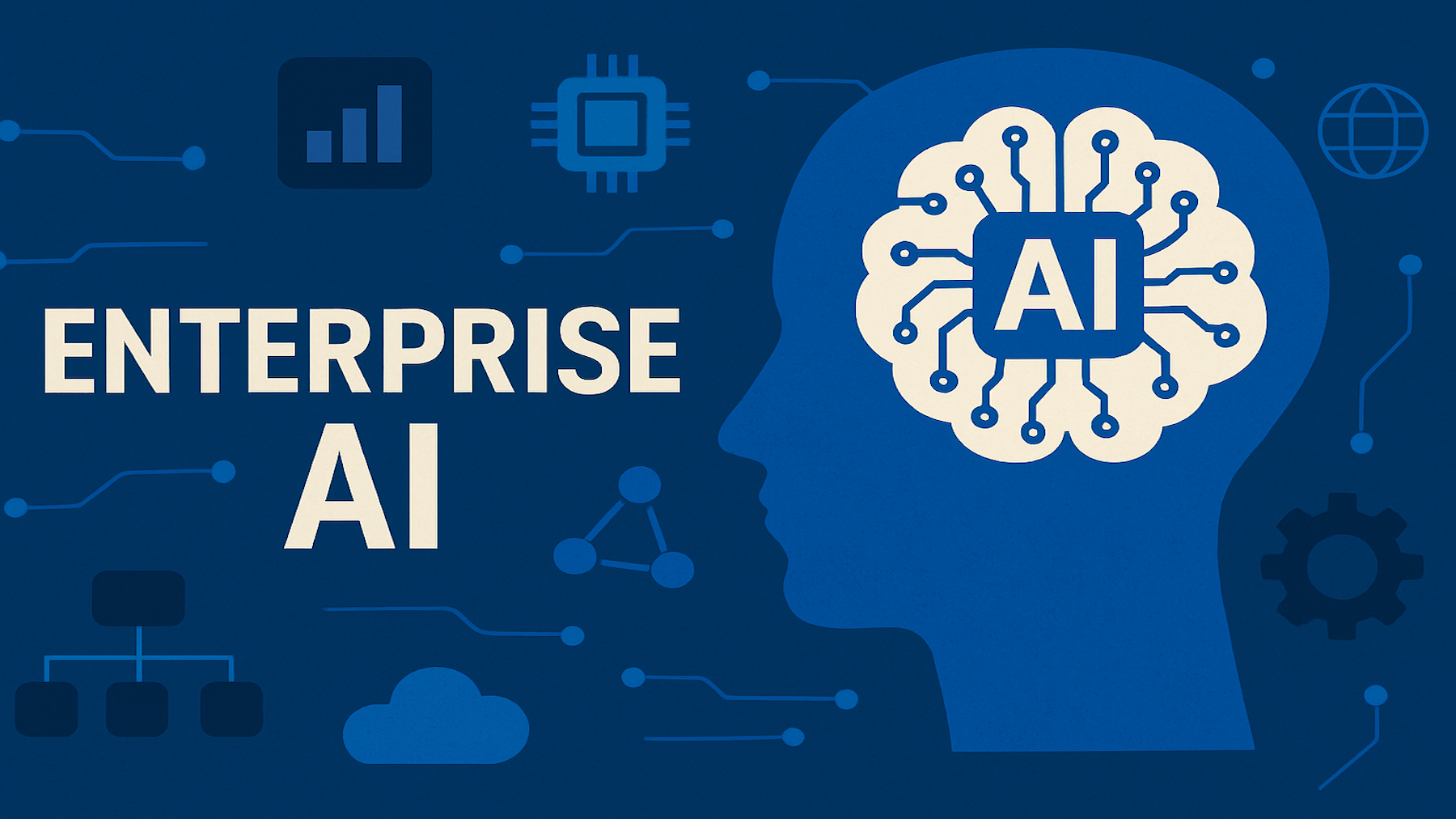How enterprise brands can make AI work in 2025, and beyond


AI is no longer the shiny new toy of corporate innovation labs—it’s the operating system shift of 2025. For enterprise brands, the challenge is not whether to adopt AI, but how to do so responsibly, measurably, and in ways that actually change the business.
Over the past few years, companies have dabbled with AI pilots, including chatbots, generative content tools, and productivity copilots. But 2025 marks the inflection point. True value comes from redesigning workflows, not running isolated experiments. AI now needs to be treated as an operating model change, akin to the shift from analog to digital decades ago.
Regulators around the globe are setting clearer rules. In the EU, the AI Act phases in by 2026 and is fully effective by 2027. In the U.S., voluntary frameworks like the NIST AI Risk Management Framework and industry standards like ISO/IEC 42001 are shaping best practices. Forward-thinking brands aren’t waiting—they’re forming AI councils to set policy, approve use cases, and oversee risk. This is the year governance moves from the legal department’s desk to the C-suite agenda.
If DevOps reshaped how enterprises deploy software, LLMOps (large language model operations) is doing the same for AI. Companies are building platforms that manage the full lifecycle: connecting to trusted data sources, applying retrieval-augmented generation, orchestrating workflows, routing between multiple models, and layering in safety, evaluation, and observability. In short, AI is moving from magic to infrastructure.
USE CASES THAT MATTER FOR BRANDS
The strongest ROI today comes from four focused, repeatable use cases:
1. Marketing and creative: AI copilots that turn briefs into brand-safe content variants, optimized for SEO and localization.
2. Customer care: Agent assist tools that summarize cases, suggest replies, and boost first-contact resolution rates.
3. Sales and commerce: Guided selling systems and RFP/RFI copilots that cut cycle times dramatically.
4. Legal and finance: AI-assisted contract review, policy Q&A, and financial close support with full audit trails.
These aren’t futuristic promises—they’re live in early-adopter enterprises, producing measurable gains in speed, quality, and customer satisfaction.
OTHER NEEDED ELEMENTS
Hardware diversity and efficiency gains are bending the AI cost curve down, particularly in inference (the day-to-day running of models). That means AI at scale is increasingly affordable, opening the door for hybrid setups that balance cloud, on-prem, and edge.
The technology is ready, but people and culture are the linchpin. Enterprises that succeed invest in role-based training, embed human-in-the-loop safeguards, and communicate openly with both employees and customers about where and how AI is used. In 2025, AI is as much about trust as it is about transformation.
WHAT’S NEXT
The enterprise AI playbook for the rest of 2025, into 2026 is clear:
– Stand up governance before you scale.
– Treat AI platforms as infrastructure, not gadgets.
– Start with high-impact, low-risk use cases that prove value.
– Measure everything against business outcomes.
– And above all, be transparent—with your teams and your customers.
The winners in this next chapter won’t be the ones who adopt AI first, but the ones who adopt it wisely. AI is no longer the experiment—it’s the enterprise.
Beyond these core steps, enterprise brands should think about AI maturity as a journey. Early on, success may be measured by efficiency gains—faster first drafts of marketing copy, reduced call handle times, or quicker RFP responses. But as maturity grows, the potential shifts toward innovation: new customer experiences, entirely new business models, and AI-driven insights that reshape strategy itself.
This requires more than technology. It means aligning incentives, restructuring workflows, and reskilling teams. It means building a culture of experimentation where AI suggestions are trusted but verified, and where human creativity and oversight remain central.
Ultimately, AI is not replacing the enterprise. It is becoming the enterprise’s nervous system—an invisible infrastructure that senses, analyzes, and suggests at every level. Those who treat it as such will thrive. Those who treat it as a gimmick will fall behind.
FINAL THOUGHTS
AI’s moment of truth has arrived for enterprise brands. The conversation has shifted from “if” to “how.” The question leaders must now answer is not “Should we use AI?” but “How will we make it work, sustainably, ethically, and profitably?” The organizations that balance ambition with responsibility will define the market for the next decade.
In 2025, AI is no longer the experiment—it is the enterprise. The time to act is now.
Martin Pedersen is CEO of Stellar Agency.

